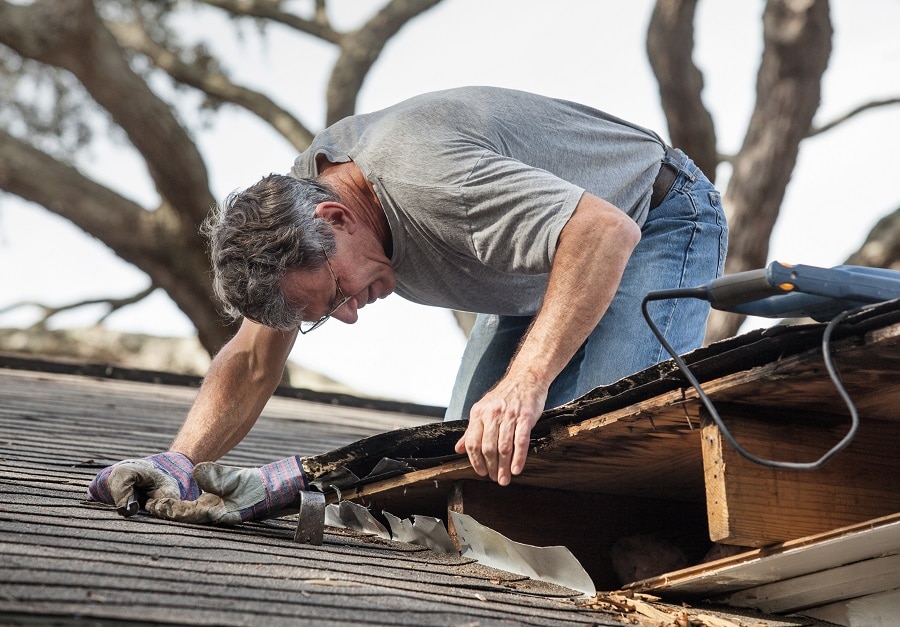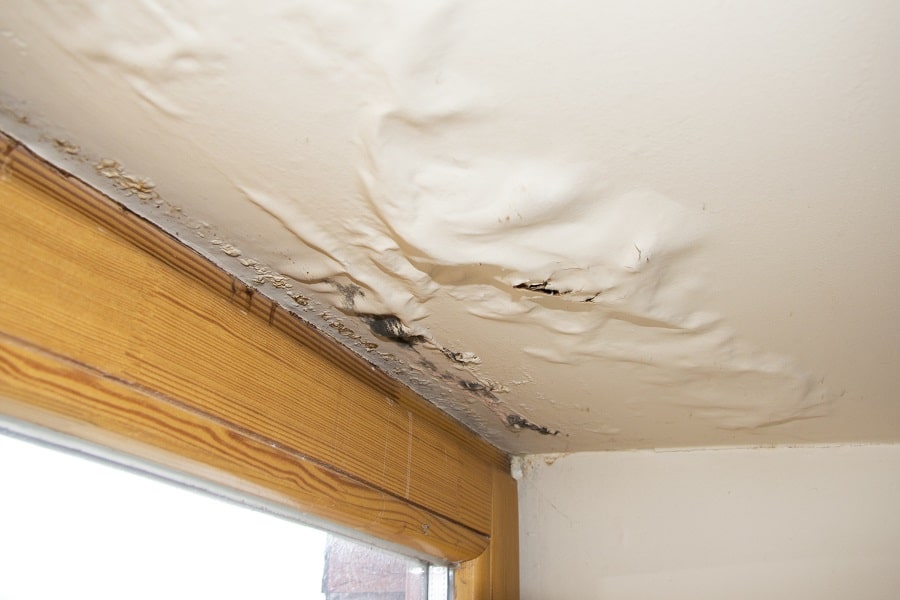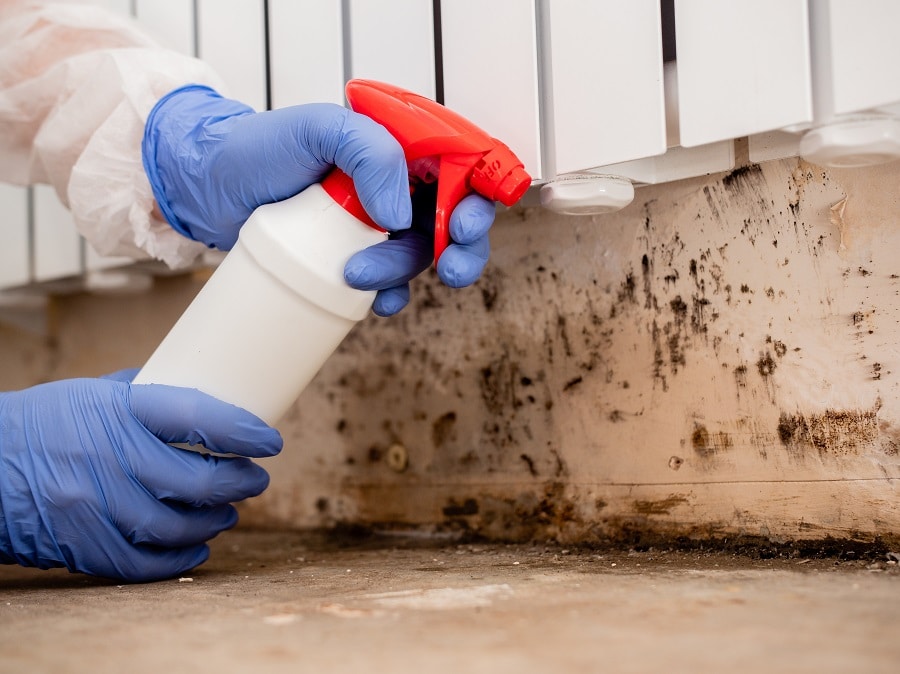When we consider any building, regardless of its age, any timber decay within the building is often caused by rot. Wood rot commonly shows up in two forms: wet and dry rot, both forms are brought on by fungal decay in building timbers.
What is Wet Rot?
This is a type of parasite which can be found in wet timber. It alters the structure of the timber, causing swelling and separating its fibres, which leads to crumbling and loss of strength in the structure. Wet rot can expedite decay in timber, making it lose structural integrity and to eventually break. Constant exposure to sources of moisture is usually responsible for the formation of wet rot. It could be from faulty plumbing or penetrating damp, on the ‘wet’ side of the house. Wet rot is fungi that can spread and inflict damage on neighbouring timbers.
Our Guarantee
- upto 30 year guarantee
- customer focused team
- 20 years combined experience
- portfolio of satified customers
- attention to detail
- Construction line accreditation
- public liability insurance
- CHAS accreditation
What is the Difference Between Dry Rot and Wet Rot?
Dry rot can inflict damage faster and trigger extensive decay to structural timber as it consumes and spreads throughout the affected property. Wet rot, on the other hand, is far more common even though the effects are less severe: damage is restricted to the waterlogged areas on the timber. In the absence of obvious fungus, we can differentiate Wet Rot from the Dry Rot by observing the differences in the timber colour and the type/size of cracking seen on the timber with the progression of either type of rot.
What causes Wet Rot?
Wet rot spores are only present in certain environmental conditions. The major cause of wet rot is moist timber. Moisture is a major factor in the progress of wet rot formation. In these cases, the timber starts to show visible signs of decay.
The Dangers of Wet Rot in Crawley
Wet rot poses a serious risk to the longevity of a building. It can even reduce the market value of the affected property. If you have wet rot, it needs to be treated quickly, or it will continue to infect your house. Recent surveys of 2,038 London homeowners asked whether they experienced wet rot, where the rot had taken hold and whether they were able to stop it recurring in the future.
Surprisingly, out of the respondents, 20% had battled some form of wet rot. Wet Rot attacks timber flooring and can potentially make the property structurally unsafe. Apart from the costly repair work, it could go even further by devaluing your property. Most insurance providers will not offer policies to buildings with clear signs of moisture ingress or damp buildup.

What are the Warning Signs of Wet Rot?
The conditions required to facilitate the appearance and growth of the fungus differ depending on the type and cause of moisture it is exposed to. Some noticeable signs include a musty smell, wallpaper peeling, the central heating boiler malfunctioning, and cookers not working properly. Some of the common spots where wet rot is found include external walls, roof spaces/attics, and underneath the kitchen sink. Wet rot typically attacks older buildings constructed using timber frames rather than modern species such as Meranti and Sapele. Timber that is found below ground level or reaching a one-floor level is susceptible to wet rot as well. Recognising wet and dry rot is the first step on the road to tackling it. A damp survey is on the cards if you believe your home has been infested.
Call Our Sussex Damp Experts team now for quote, consultation and advice:
Call on 01273 257 765.
How and When Should I Look for Wood Rot?
The same as spring cleaning, searching for signs of rot and damp is a task that should be undertaken annually. The pre-winter preparation period is a great opportunity for you to do this. You need a flashlight and a screwdriver.
If your home has wood siding, you should examine it for signs of discolouration or swelling. Paint can mask wood rot, so the wood should be solid and rough, poking the siding with the tip of the screwdriver. If the wood has a spongy feeling and the surface gives in when you touch it, then you have wood rot. Test the attic for discoloured wood using a good flashlight. Move on to the screwdriver test if you see wood that fits this description. There are some prime spots you should examine for the growth of wood rot in the attic including the edges where the eaves are formed by slanting rafters, the roof decking base, and the joints where wood logs intersect at the top of the roof.
Using the flashlight to detect discolouration around the perimeter wood plate that lies directly on the top of the concrete basement wall, inspect the wood members in a basement or crawl room (sill plate). With the screwdriver, inspect any discoloured regions. Examine walls and floors for signs of water leaks or discolouration under sinks, around tubs and baths, and the water heater.
How do we identify wet rot?
Recognising wet rot is not always a straightforward or easy task, wet rot is versatile and attacks timber in several forms. Pushing a knife up to the handle into painted timber is an effective way to confirm rot. Our professional damp-proofing team has the training and experience to search for the following:
- Localised fungal growth on timber
- The soft, spongy feel of timber; the affected area appears darker than the surrounding timber.
- The soft and spongy texture of rotting timber; the affected region often looks darker than the other parts.
- That spongy, soft feel timber gets when affected by wet rot; the affected parts are darker than the other areas.
- The spongy, soft texture of rotten timber; the infested area is darker than the other parts.
- The springy feeling that is an indicator of wet rot; the affected area is often darker than others around it.
- Crumbling of affected dry timber into particles.
- Dry timber crumbling into particles.
- The crumbling of infested timber into dry particles.
- Dried-out timber disintegrating into particles.
- The disintegration of rot-eaten timber into particles.
- Shrinking timber
- Bleaching wood in window and door frames
- Flaky or damaged paint
- A musty, damp smell
What to Do After You Detect Wet Rot?
You need the services of a damp expert to take on wet rot; ensuring the source of moisture is identified and blocked is crucial to preventing repeat cases. If you need to know more about wet rot treatment, Sussex Damp Experts is ready to help! Call 01273 257 765 today to get started.
Wet Rot and Damp Proofing in Crawley

If you need help with Wet Rot or Damp Proofing you are in the right place. Call us if you notice any signs of damp or wet rot in your home, we can fix the problem and help you avoid the health risks and potential damage to your building’s structural integrity as the decay spreads. We will investigate the source of the damp or wet rot and provide solutions as well as advise on how to prevent a similar situation.
Timber damp proofing is not a cosmetic treatment; it’s a maintenance strategy that’s designed to protect the timber from rot and decay. There are only ever two ways to properly safeguard your timber from the elements.
Surface treatments can never be relied upon; they will always fail, eventually making the situation worse when they do. The only available solutions include covering the surfaces using membranes, treating or replacing the timber. If you want to speak to our experts for further information on wet rot treatment, call 01273 257 765 today and let Sussex Damp Experts help.
Wet Rot Treatment Specialists in Crawley
With 20 years experience tackling wet rot in Crawley, we are leading specialists offering free, no-commitment cost estimates and site surveys to a wide range of property owners. Our damp proofing and wet rot experts will visit your property, identify any signs of water ingress or wet rot and advise you on the best course of action. Our team of experts can identify and offer lasting treatments for different types of wet rot using advanced methods.
Wet Rot Treatment in Crawley
Wet rot flourishes in areas where timber comes in contact with moisture and the wood remains damp. However, we don’t just deal with the affected area alone during treatment, we consider the source as well. We eliminate the possibility of facing similar issues by identifying exactly how the moisture reaches the timber and blocking off all the access points. To get a lasting solution, only seasoned professionals should be responsible for wet rot treatment. Delaying treatment can lead to a steeper cost of treatment. The best thing to do when you notice signs of wet rot or damp is to call experts such as Sussex Damp Experts for help.

We can provide lasting solutions to wet rot. Sussex Damp Experts is always ready to help, we quickly identify the cause of the humidity and the affected areas. Don’t wait any longer, pick up your phone and call us on 01273 257 765 or by using the contact form on our website.
Our Wet Rot Treatment Process in Crawley
The more you wait, the worse the damage gets. Treatment might only be required for a small area if you can detect the signs of fungal rot early enough. In more severe cases, where wet rot has spread its tentacles across the breadth of your timber, you may have to replace entire timbers beams or intake major remedial works. Treating wet rot entails various procedures. The treatment of any fungus-related problem involving timbers must begin by preventing the timber from getting damp. If there is a seepage of water into your home or timber, regardless of whether the cause is broken guttering, condensation, or anything else, we locate the source of water/moisture ingress and take corrective action. Builders and contractors who lack expertise often resort to replacing the affected wood. Chemical Preservatives are then applied to the area in question after replacement. This method will end in disaster. If you are having problems with wet rot in your building, contact Sussex Damp Experts today. We can help you eliminate the problem.
What happens to Wet Rot if left untreated?
Overlooking wet rot can only lead to weakened structural timber which could have dire consequences for the residents. The timber gets soft and spongy as rot sets in, this means it will cave in when prodded with a sharp-edged object like a knife or screwdriver. The ultimate result is a loss of structural integrity and even possibly your building being condemned. Call Sussex Damp Experts 01273 257 765 to get started.
What is the cost of Wet Rot Treatment in Crawley?
The effects of rot are devastating for any property. The cost of repair work and damp proofing will vary based on the type and severity of the infestation, but that shouldn’t deter you. Our wet rot treatment services in Crawley come at an affordable cost. We advise you on the best course of action to protect your home and your health.
How to prevent wet rot?
Wood should be protected from moisture at all times to prevent decay. Wood hardeners are another excellent precautionary measure. The hardener provides an extra layer of protection against rot. Areas of properties most affected by damp include sills, window boxes, timbers that touch brickwork but have not subjected to damp proofing treatment including the use of a fungicide and sealant.
Talk to Our Wet Rot Treatment Experts Today!
Call 01273 257 765 today to speak to one of our experts concerning wet rot treatment in your building.
FAQ
Is wet rot smelly?
Is Wet Rot Capable of Spreading?
Can Wet Rot Cause Health Problems?
Is there a DIY treatment solution?




